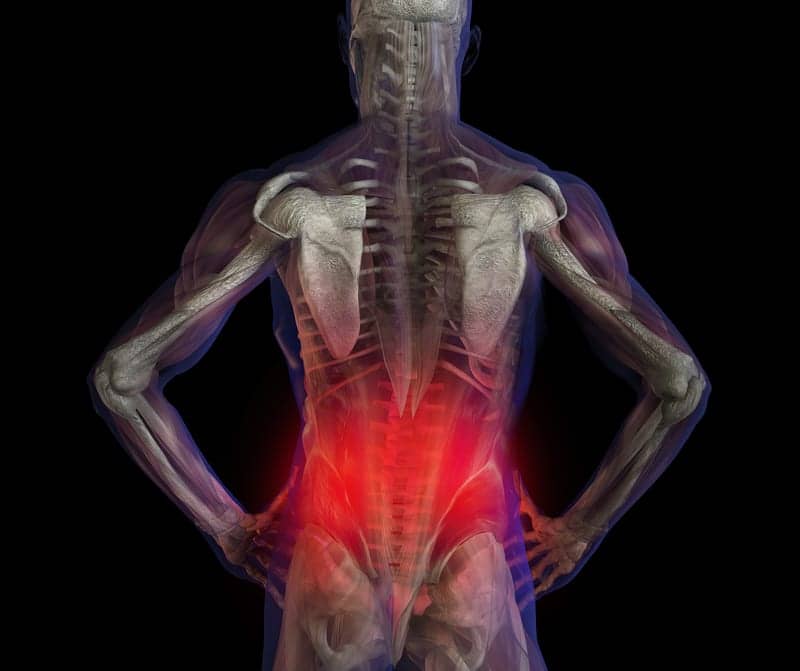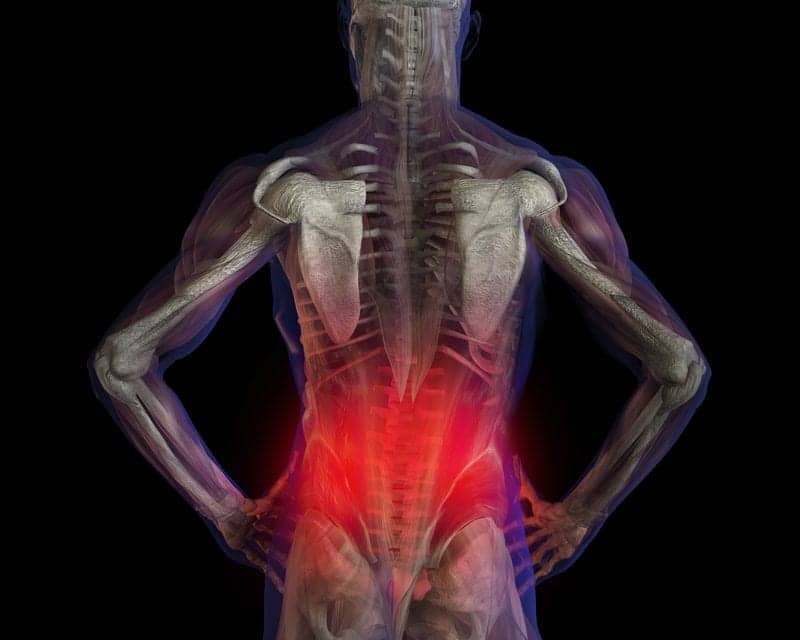
A news release from the American Pain Society (APS) reports that the study aimed to pinpoint which prognostic factors best predict poor pain and disability outcomes 5 years later and compare these factors with short-term outcomes at 6-month follow-up.
Following their physician visits, study participants received mailed questionnaires and were surveyed after 6 months and again at 5 years. The researchers state that pain and disability were measured using the Chronic Pain Grade.
At the end of 6 months, the results suggest that baseline pain intensity was linked to a 12% higher risk for developing chronic low back pain, and patient beliefs that pain would persist conveyed a 4% risk increase. After 5 years, researchers say baseline pain intensity demonstrated a 9% increased risk for chronic pain, while believing that pain would persist had elevated the risk by 6%.
The release states that from a clinical standpoint, the study confirms that effective pain relief in the initial management of low back pain may hold implications for long-term improvement. The study also suggests that patient beliefs that pain will persist a long time can predict progression to clinically significant low back pain independent of a wide range of other prognostic factors.
The study appears in The Journal of Pain, a peer-reviewed publication of APS.
[Source: APS]



